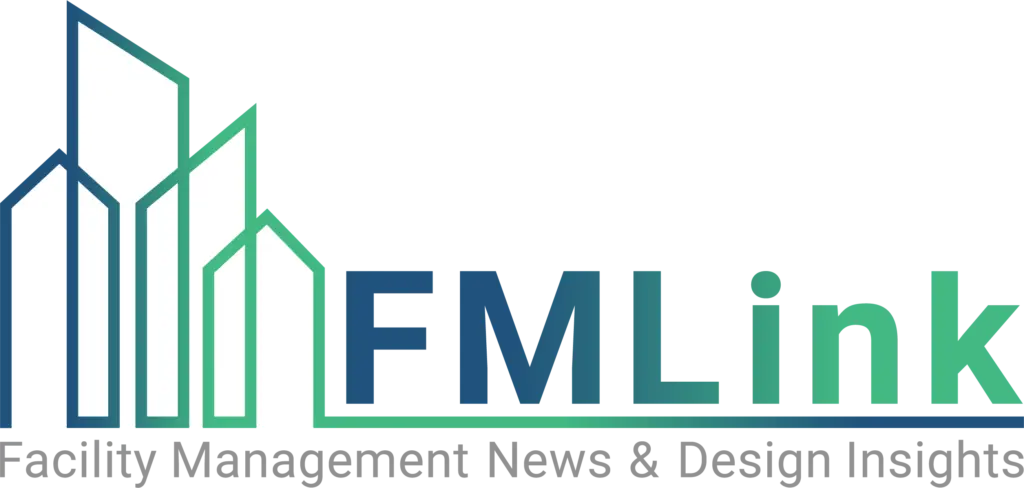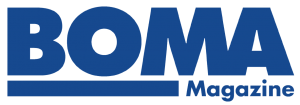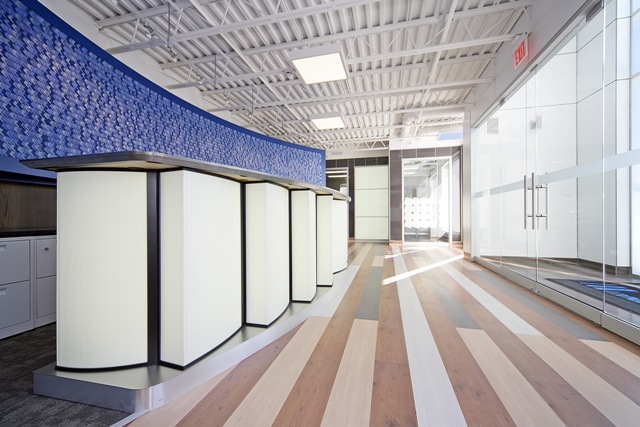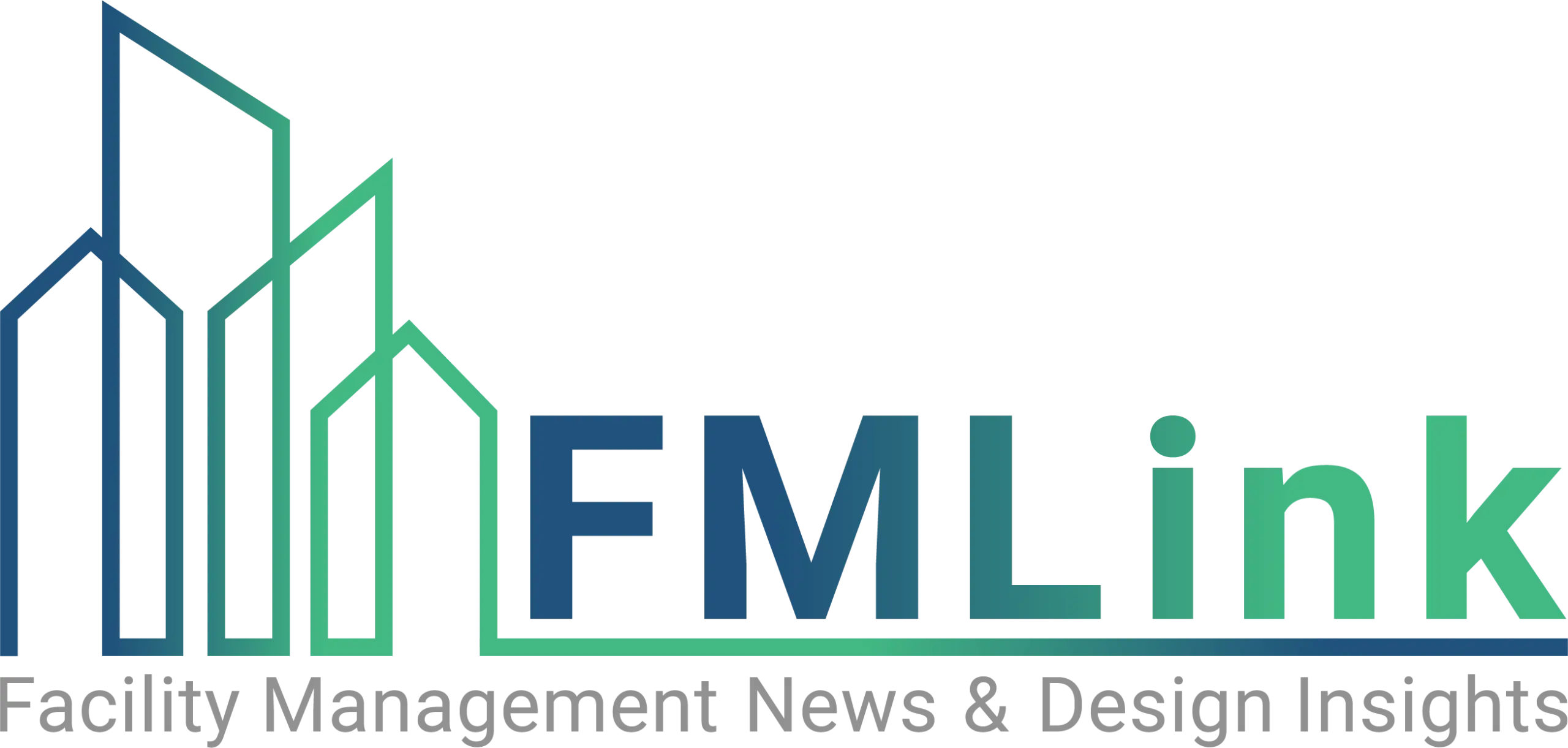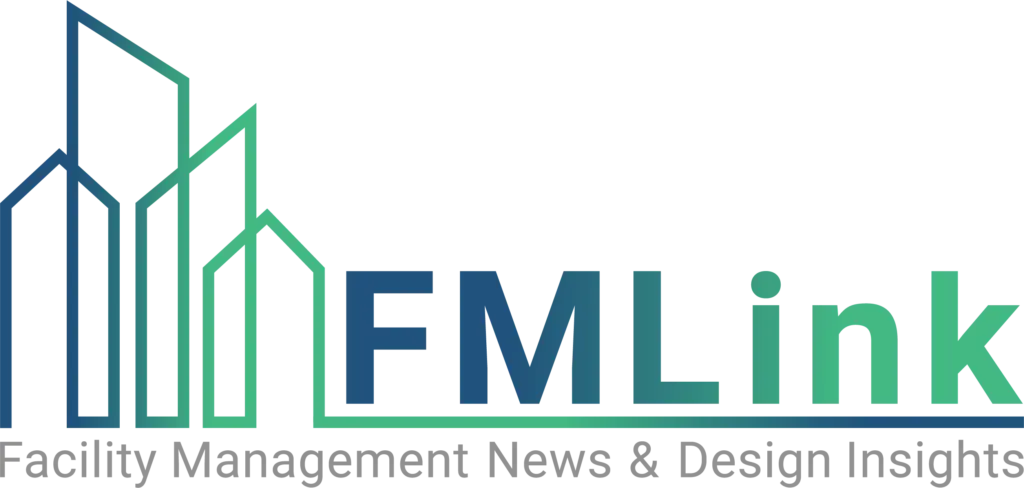When it comes to pests, “going green” depends on proactive, preventive measures that eliminate or reduce the conditions attractive to pests. Integrated Pest Management (IPM) is crucial to ensuring your pest control solutions are sustainable. By relying on even the least toxic chemical treatments only as a last resort, IPM helps prevent pest activity and minimize your dependency on harmful products that can endanger the health of your tenants and guests. IPM programs also can help provide a way for your facility to comply with requirements for LEED certification.
Using a series of ongoing steps, IPM employs several techniques to interrupt the pest life cycle and treat the sources of a pest problem. Starting with a thorough inspection, your pest management provider will assess the existing activity and identify pest “hot spots” that are unique to your building. Next is the implementation of sanitation and maintenance practices that prevent pests from taking advantage of entry points, harborage areas and food or water sources. During this step, your pest management professional will work with your staff to minimize pest pressure by:
- Cleaning and rotating waste and recycling dumpsters regularly.
- Regularly checking bathrooms and break areas for food remains and spills.
- Regularly sweeping, mopping or vacuuming floors throughout the facility.
- Sealing cracks, crevices and other openings to eliminate harborage and deny entry
In the event of a pest sighting, your pest management professional will identify the pest at hand and determine the control measures that will have the least impact on your environment. Throughout the process, you and your facility maintenance team should continually monitor for any new signs of pest activity.
With these steps as the foundation of your pest management program, you can set up a barrier to help prevent pests for year-round protection. Additionally, research and development have yielded a number of advanced tools that can complement your proactive efforts and tackle any pest problems that do arise. Here are some of the best products and strategies for keeping pests at bay:
- Sticky Boards: Often used for cockroach management, sticky boards trap crawling or flying insects and allow you to analyze pest activity in areas where they may be hiding. These covered boards should be placed in common pest areas such as storage closets, break rooms and loading docks.
- Insect Light Traps: These use ultraviolet light to attract flying insects to a non-toxic sticky board inside a confined trap unit. They are particularly effective in high-traffic areas, such as entrances or shipping and receiving bays.
- Pheromone Traps: These traps employ synthetic versions of insect pheromones to attract pests to a sticky board. This technique is most often used to manage stored product pests.
- Repellants and Desiccants: Small amounts of repellant dust can help combat pests hiding in hard-to-reach cracks and crevices, and can help reduce the chance for future infestations.
- Organic Cleaners: These environmentally friendly cleaners break down the grease and grime that pests use as a food source. Use them in and around drains, sinks and garbage disposals to eliminate the odors and debris that attract fruit flies and other pests.
Talk with your pest management professional about how these techniques and others might work for your facility. Then be sure to educate your staff about the importance of using environmentally friendly methods to support your green routine.
